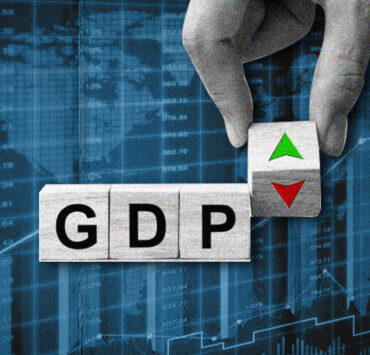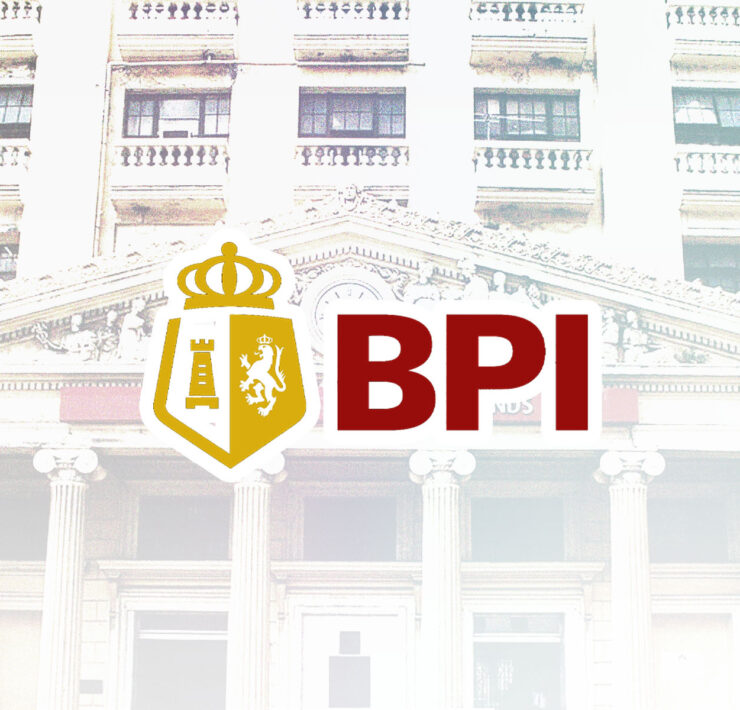GoTyme breaches 7M user count

GoTyme Bank Philippines now has 7 million users—up from 5 million last year—as more Filipinos prefer the ease of opening digital bank accounts for quick transactions and usage.
Nate Clarke, GoTyme CEO, confirmed to reporters last week they wanted to get close to 9 million users within the year.
As of last week, the neobank also reached P32 billion in deposits and over P5 billion in loans.
“We just make it simple for people to onboard, simple for people to use … it’s where it’s convenient,” GoTyme co-CEO Albert Tinio said of their milestones. “All of that makes sense for them and that’s why it’s being used.”
This is months after Tyme Group, a major GoTyme shareholder, secured $250 million in fresh funding for its expansion plans in the Philippines and abroad.
Brazilian digital bank led the latest funding round with a $150-million investment, while M&G’s Catalyst fund injected $50 million, and existing investors—Gokongwei Group, Tencent, British International Investment, Norrsken 22, Blue Earth, Lavender Hill, Ethos Fund and Africa Fig Tree—put in a combined $50 million.
As a result, Tyme Group was valued at $1.5 billion, officially making it a unicorn company for having exceeded $1 billion in valuation despite being a private firm.
Clarke last year confirmed that they planned to expand in Indonesia and Vietnam in the next three to four years, noting that they were in talks with potential partners in both countries.
In expanding their footprint, Clarke had said this was a step toward their planned public listing in New York by 2028.
The Bangko Sentral ng Pilipinas (BSP) earlier said it may open more digital banking slots this year if more applicants managed to meet its stricter requirements, including a minimum capitalization of P1 billion and “unique” value propositions.
Apart from GoTyme, there are only five other digital banks in the Philippines—UNO Digital Bank, UnionDigital Bank, Overseas Filipino Bank, Tonik Digital Bank and Maya Bank.
The BSP currently allows only up to 10 digital banks to operate in the country. According to the central bank, granting new digital licenses would “continuously harness the potential of these banks in bringing positive impact to the Philippine financial system while remaining sensitive to their attendant risks.”





















